Passage-First Workflow + BLUF: Preparing Content for AI Search
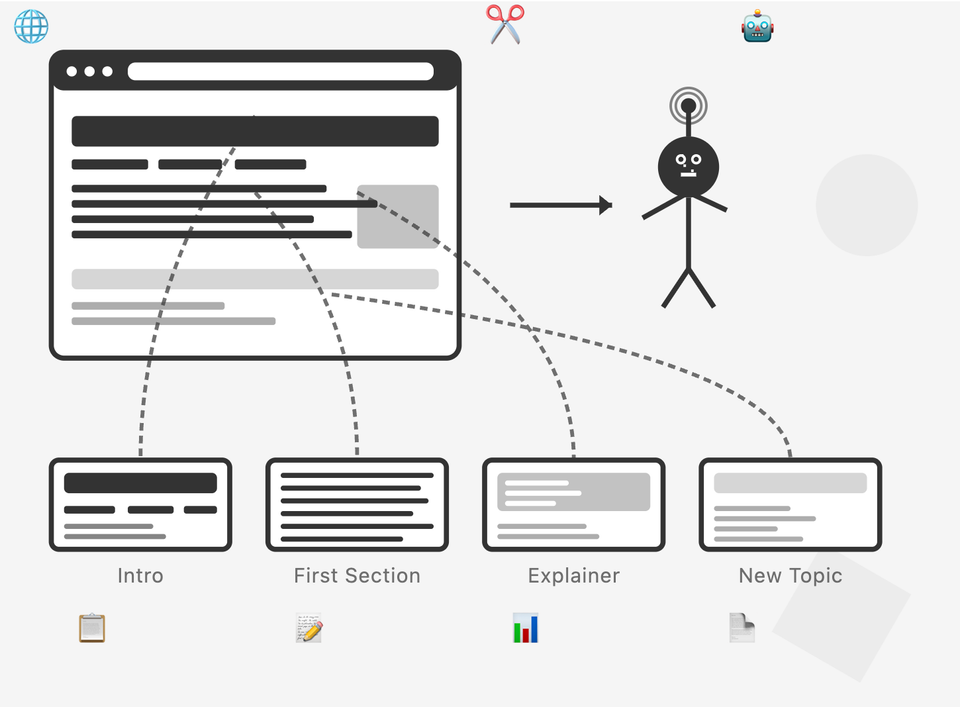
Ranking an entire page for a keyword is becoming outdated. AI search pulls content by passage.
Think about passages as standalone statements that need individual focus.
Passage-first optimization is contrary to the way many writers construct their articles. If you're used to writing top-down, you might need to adapt your process.
TL;DR: To appear in AI answers, we need to make a strategic shift towards optimizing passages over pages. That might mean changing the way we plan, write, and optimize content.
Passage retrieval has been around for a while
Google introduced passage retrieval in organic search back in October 2020.
When I searched for information on this, I accidentally found a good example of passage retrieval in organic results. Google scrolled me to a section of the page that it felt was most relevant to my question.
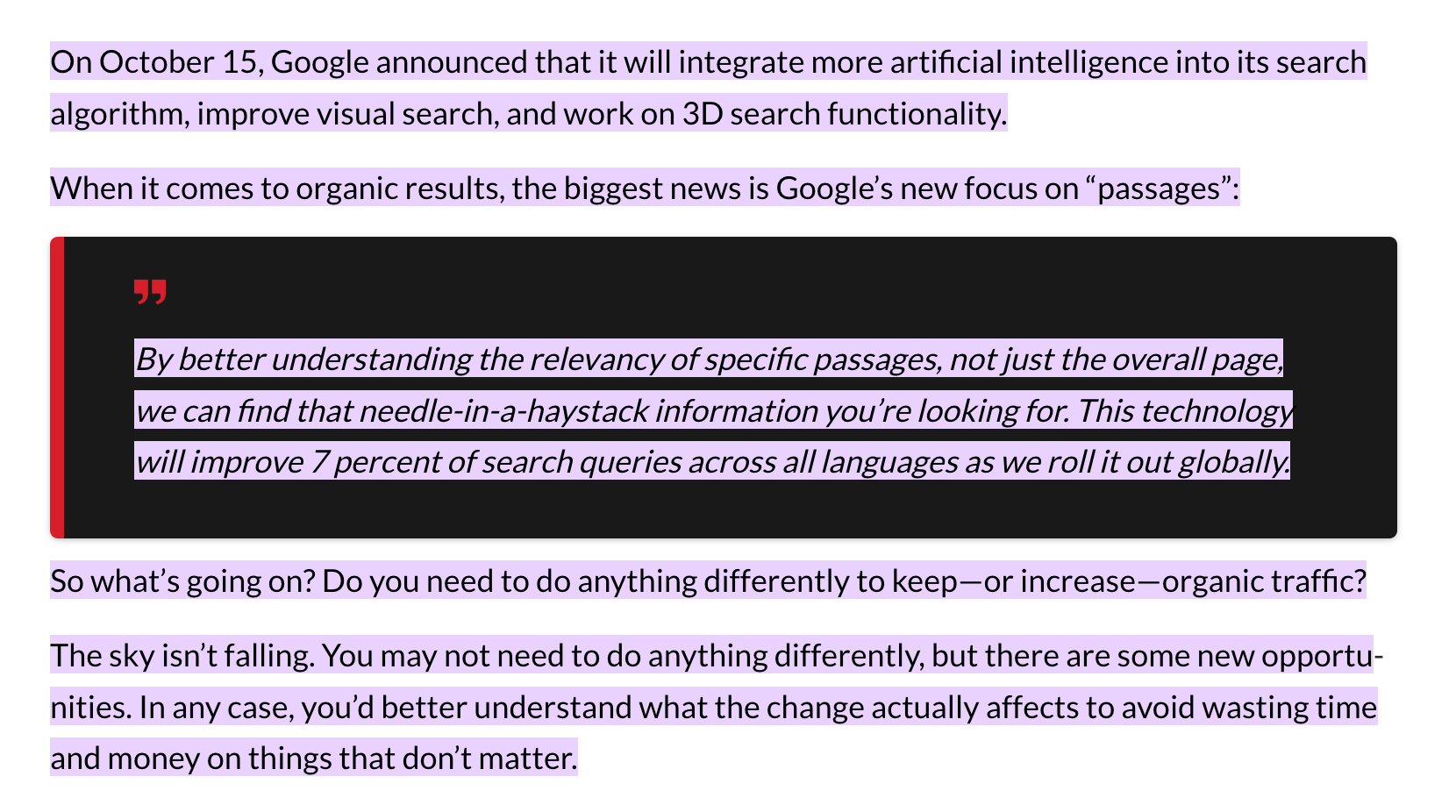
Cindy Krum calls these highlighted excerpts "fraggles". They combine:
- The passage that's most important to my query, also called the fragment
- A jump link that scrolls me to it, which Cindy calls the handle
Combining fragment and handle, we get "fraggle".
Cindy wrote about fraggles in 2019 and said:
I tend to believe that when a page starts ranking with Fraggles, it indicates that Google has indexed the various Fraggles into their Knowledge Graph as authoritative information that they could potentially use as an Answer or Featured Snippet. So far, they are almost always in the format of a quick fact or an answer to a question.
This is relevant to AI search now. Well-written passages make it much easier for an LLM to find answers in the page.
AI Mode does this. It also uses the Knowledge Graph and a cached version of live results. So it's doing three different things, and it does them across all of the synthetic queries in its query fan-out process.
Optimized passages help it find better matches in less time. We want to ensure the content we produce is a complete, well-defined "chunk" that it can locate.
Passage-first content strategy
We need to move passages to the forefront of content planning.
This is a fundamental shift from the methods used to produce low-effort content in the past.
I agree with Mike King, who covers optimization here in his article on RAG:
Instead of focusing on an entire page for each keyword, focus your attention on writing stand-out passages and phrases in your content that answer specific questions that AI Overviews could choose as a fraggle.
We need to make individual sections of an article stand on their own. Assume any one of them could be picked as an answer to a question.
If this feels like a big change, remember that AI search represents a tiny fraction of traffic. Most sites are seeing single-figure percentages from ChatGPT.
But research suggests AI search will overtake organic search in 2028.
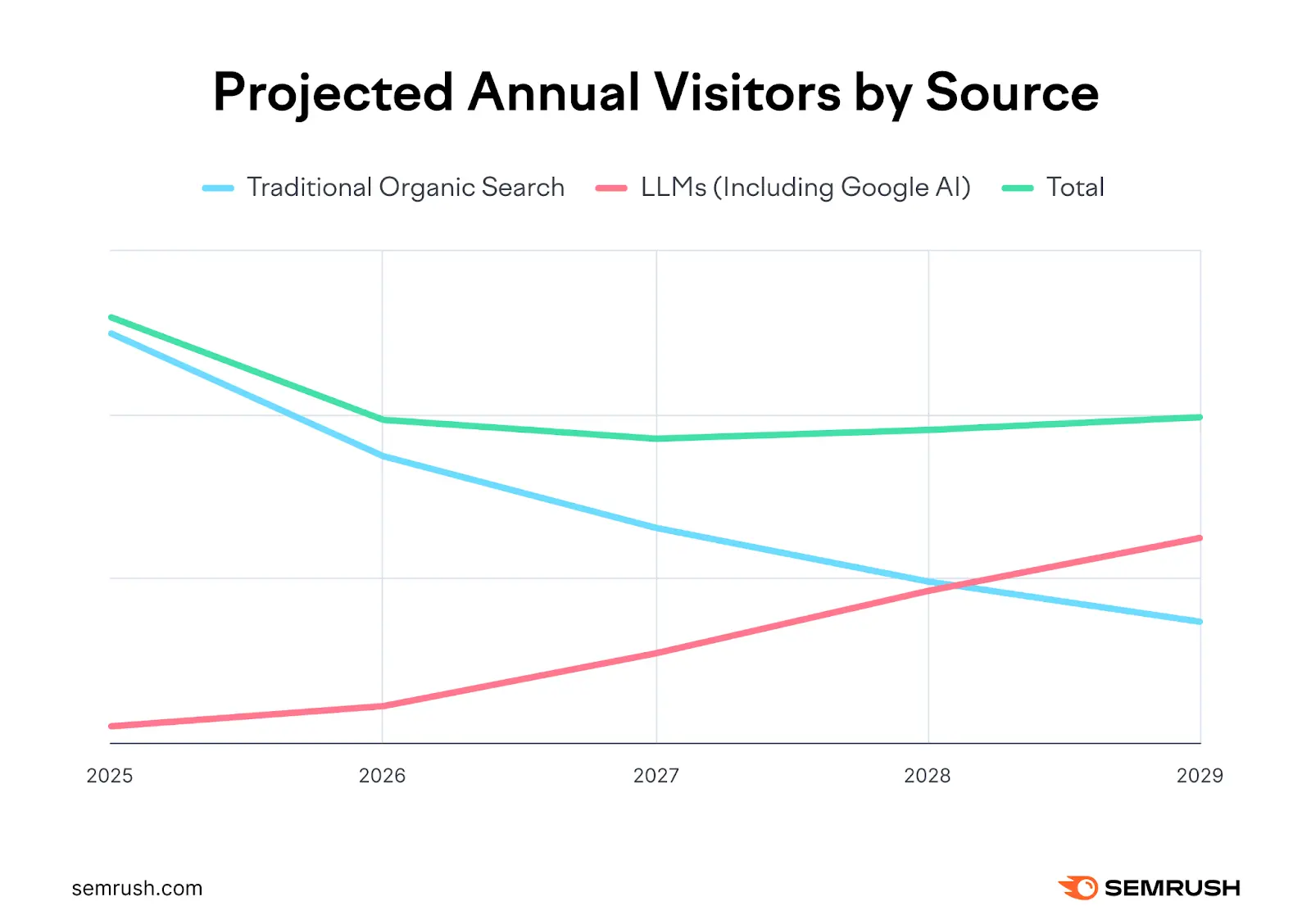
If we prioritize passage-based content now, we avoid building up content decay issues for ourselves later.
Here are the 3 changes I recommend.
1. Use BLUF
BLUF stands for 'Bottom Line Up Front'. It's a writing technique that places the most important information first.
I created a free BLUF generator that you can try as you're reading this.
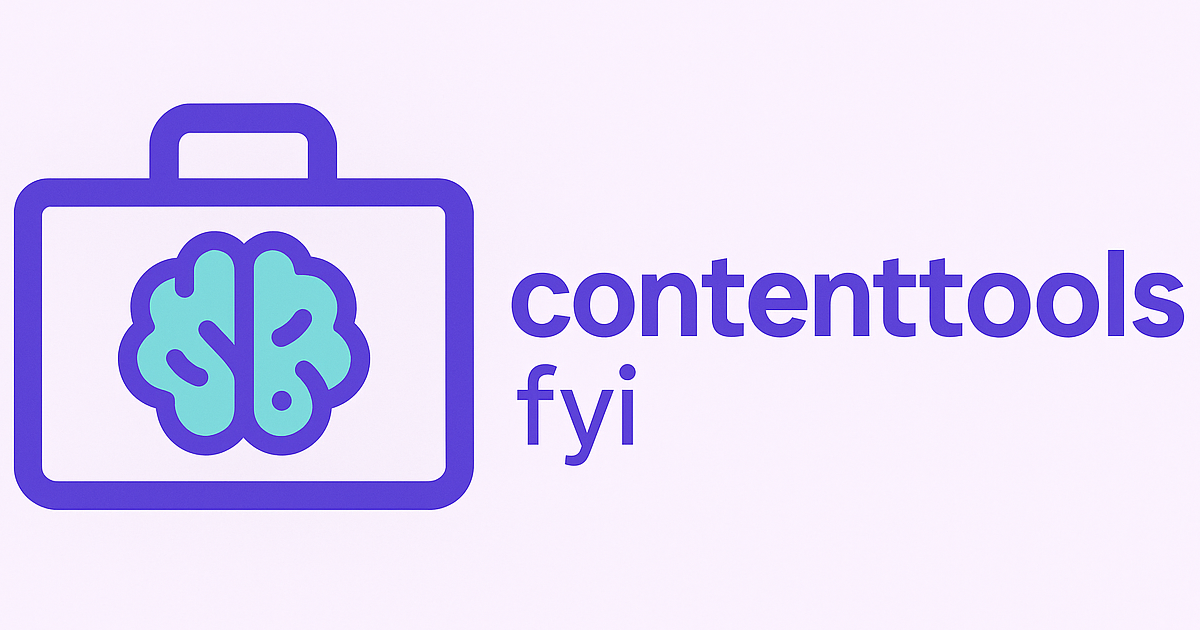
BLUF, also called the 'inverted pyramid', structures your content so that you get to the point immediately. You can elaborate or add context later on.
Most news articles follow this format.
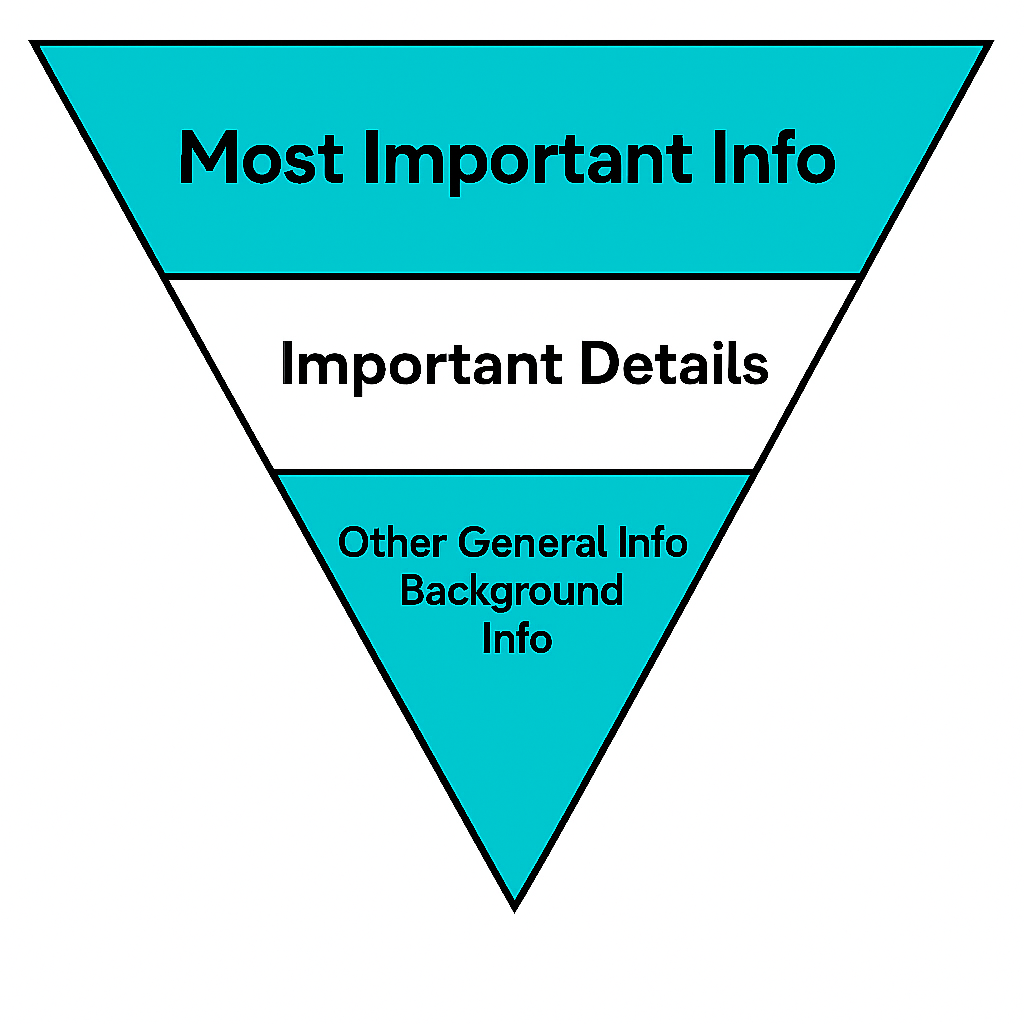
Leading with the most important information helps the LLM to immediately understand what a passage is about.
That supports retrieval.
Stating your point immediately and clearly is also a good way to establish authority and trust. It makes you sound much more confident.
That's why people use BLUF in business communication. If you get to the point immediately, you get more done. Meetings are shorter. Emails are easier to respond to. But most importantly, BLUF makes your main point clear.
How do we optimize content for BLUF?
Optimizing for BLUF means flipping the order of each section. Instead of setting the stage and working towards a conclusion, start with the summary.
It's hard to do this when you're in the flow, so I recommend doing a final edit.
Make sure you've moved your concluding thoughts to the top of each passage. The BLUF analyzer should help with that.
(Of course, you should apply common sense and use BLUF where it makes sense. Skip it if it doesn't. You're the expert.)
2. Optimize your headings
Headings give content structure. And when LLMs scan headings, they're looking for strong semantic connection with the passage below.
Many articles explain that you have to optimize headings for LLM search, but fail to explain why.
It comes back to the concept of retrieval in LLMs.
Language models understand meaning in muddled text, but good structure helps them out. Making things super clear helps an LLM to match up a query with the answer more confidently.
Optimizing headings is important for searchers too. On the web, humans do not read everything we write.
This is one of my favorite images from the olden days, back when I did my web writing training. It shows a heatmap of eye-scanning on a webpage.

Notice the 'F' shape? That's pretty common. People scan horizontally, then down, then horizontally, then down.
If we don't optimize our headings to describe the passage below it, we're not going to catch the reader's eye when they scan across the page and down the side.
We risk leaving that searcher without the information they came for.
The LLM is doing much the same thing as the human. It's scanning for what it needs, using the headings first.
So clear headings, combined with BLUF, ensure that LLMs retrieve your passage over someone else's. And they help your human readers find what they need if they're in a hurry.
How do we optimize headings for passage retrieval?
This is one area where SEO is still SEO. Make your headings clear, relevant, and helpful.
Avoid the dreaded "Final Thoughts", "In Summary", and "Conclusion" headings. They serve no useful purpose.
3. Optimize your titles and meta descriptions... again
ChatGPT Search looks at title and meta description when selecting sources, along with the date of publication.
I learned this from an incredible post from Jérôme Salomon on LinkedIn.
Here's an example of a search I performed in ChatGPT. In the JSON, we can see what ChatGPT looked at when it was selecting pages from Bing:
- URL
- Title
- Snippet (that can be the meta description or an important section)
- Publication date
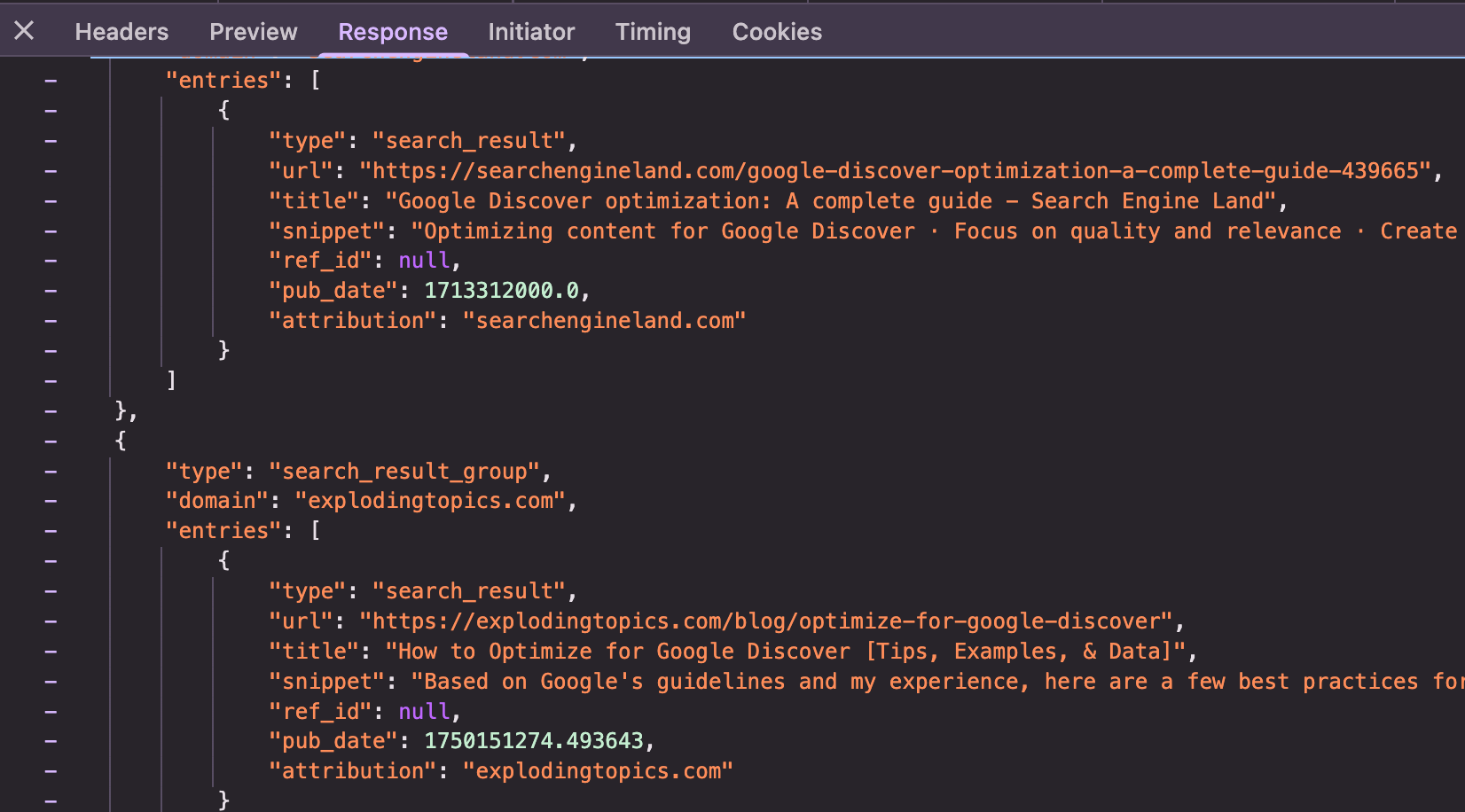
ChatGPT then decides which result to crawl based on these four things. If your titles and meta descriptions are not optimized, you're not in the shortlist.
Many businesses now mass-generate meta descriptions at scale because they don't think they're important. Understandable: Google rewrites most of them anyway.
But I'm going to stick my neck out here: we need to go back to human review and optimization for meta descriptions.
Make sure the meta description and title give ChatGPT everything it needs to pick you out as a match.
How do we optimize titles and meta descriptions for AI search?
Optimize for topics first.
Try to break out of thinking in keywords. Think in terms of questions answered and information gained.
LLMs need to know if the page is a useful source. The meta description is a good clue when the LLM is compiling information against the clock.
Deciding what to optimize and improve
To optimize old content, we need a slightly different approach. We're going to need to decide where we can make the biggest impact.
What's ranking well for questions now?
You might have FAQs (with FAQ schema or not). Do those questions match what we're seeing in synthetic queries from query fan-out or ChatGPT search?
If you've been optimizing to appear in People Also Ask, they probably don't go deep enough.
This bookmarklet reveals what ChatGPT is really searching for. It will help you find the gaps in the questions you've addressed compared to the searches you need to appear for.
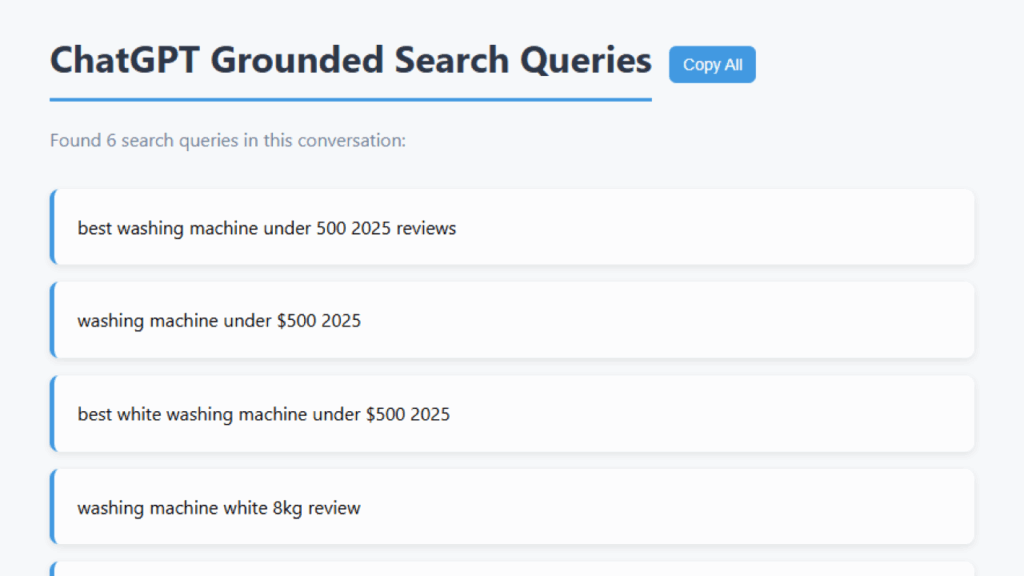
You'll also get a ton of synthetic queries and clues from Qforia:

It's important to remember that we're optimizing for a conversation. I said this in my post on latent comparisons:
- Latent comparisons: hidden priorities
- Latent questions: hidden concerns
These micro-intents are likely to feature in the conversation with the LLM. And the intent of the searcher could evolve.
Broadening out your questions makes sense so you can capitalize on what's working well for you today. It means you can predict the questions people will ask before they ask them.
Which articles have Featured Snippets or AI Overviews?
If you're in an AIO or a snippet, you've likely got a passage that has been picked up as a fraggle.
Use this as a substitute for a passage-based metric. What's repeatable? What exactly do the fraggles say?
Fraggles are easy to find in Search Console reports. Filter your ranked URLs on the '#' character.
Every now and then, someone posts about finding "hashtags" (URLs with #anchors) in Search Console. Here's what's up with that (and none of this is new). Most search features report on the canonical URL (the main URL used for indexing), a handful don't. Sometimes search uses anchors -
— John Mueller (@johnmu.com) 2025-02-13T07:13:02.456Z
... anchors, as in links with #hashtags [*] - to link to a specific part of a page. You see that when you click on a link in the search results and it highlights a sentence (called "text fragments"). Sometimes this is used to report in Search Console in your performance report.
— John Mueller (@johnmu.com) 2025-02-13T07:13:02.457Z
If you've got a link to a passage, take a look to see what was picked out and why.
Where are conversions coming from today?
Don't assume you know which pieces convert well for you. It could be changing for the first time.
Intent in AI search is different from organic search. People aren't clicking on things like they used to. The funnel model isn't working the same way now.

We need to understand the value of visitors from different sources. Research suggests visitors from AI search is worth 4.4x a visitor from organic search.
Yes, volumes are low, but the potential is there, and adapting to this change is increasingly important.
How to track passage-first optimization
The lack of tracking for new search habits makes it difficult for us to adapt our process. How do we know passages are ranking if we don't have analytics to look at?
We can't let the lack of tracking hold us back. So this is what I recommend:
- Look at rankings in AI Overviews and Featured Snippets. They'll give you clues about passage-based results that are working well in organic search. Ahrefs and Semrush both have this data in SERP feature tracking.
- In Search Console, filter by questions. We're optimizing for answer engines, so start with, "who, what, why, and how". This post on Reddit gives you the exact regex to filter on.
- Monitor your traffic from ChatGPT. After optimizing a post for passages, what does the traffic look like? Are visitors going on to convert, and if so, how many?
- Track passage-based fraggles in Search Console. Get a feel for what type of content is being picked up. In my own experience, original information and passages offering information gain appear time and again.
SEO, LLMO, AEO... nothing new here
If you got all the way down here, you'll have noticed that nothing here is really new. We have to make some adjustments here and there. But SEO is still SEO at its core.
The focus is shifting to clear, high-effort content that is built on expertise and trust. We could argue that high-effort content should always have been the focus, but that's another discussion.
If we don't start optimizing for passage retrieval now, we're building up a library of content that isn't going to work for us when AI search eventually takes over.
Getting buy-in and budget might be challenging, but again: nothing new there.
If you found this helpful, please subscribe, and check out my free content tools. I'd love to get your feedback and continue to improve them.
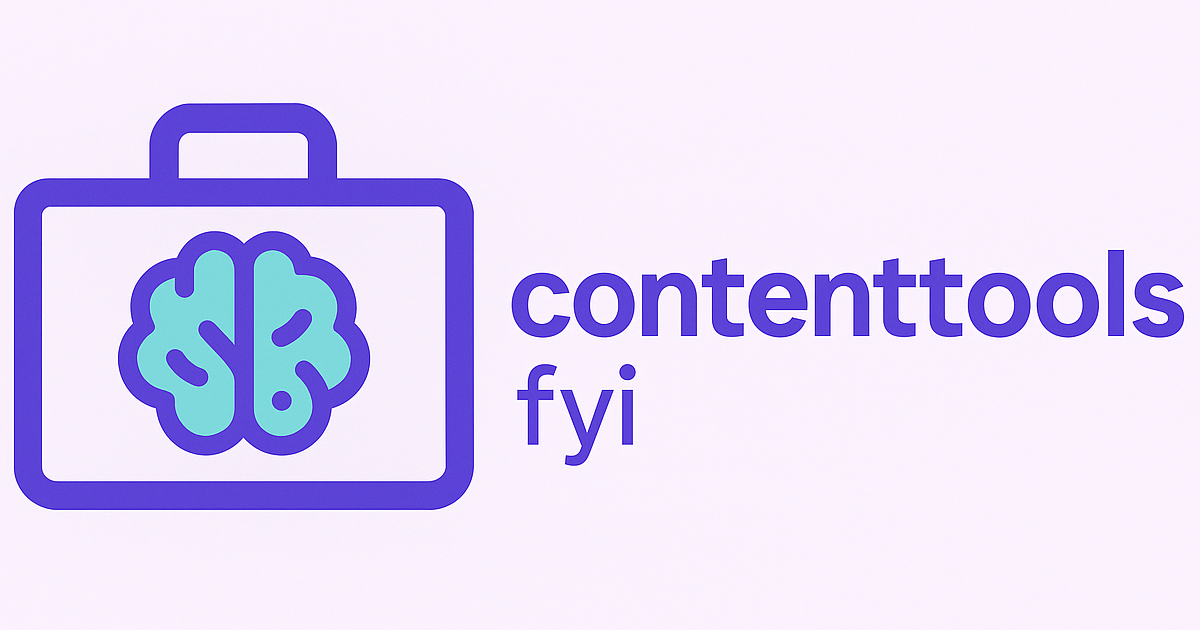






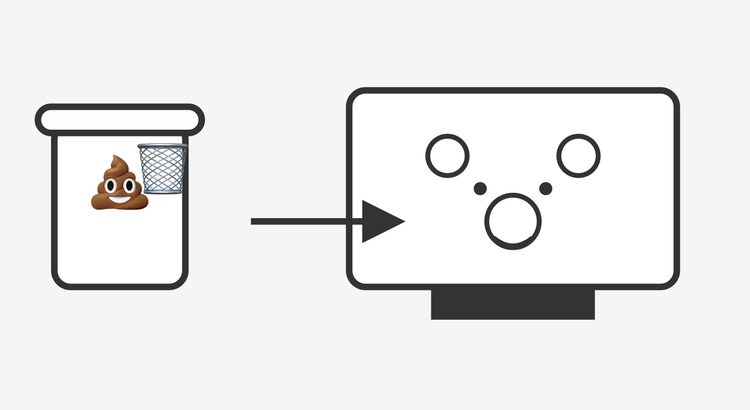
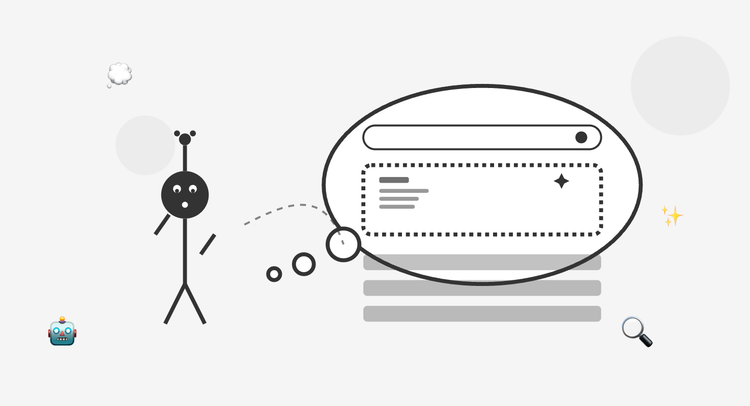
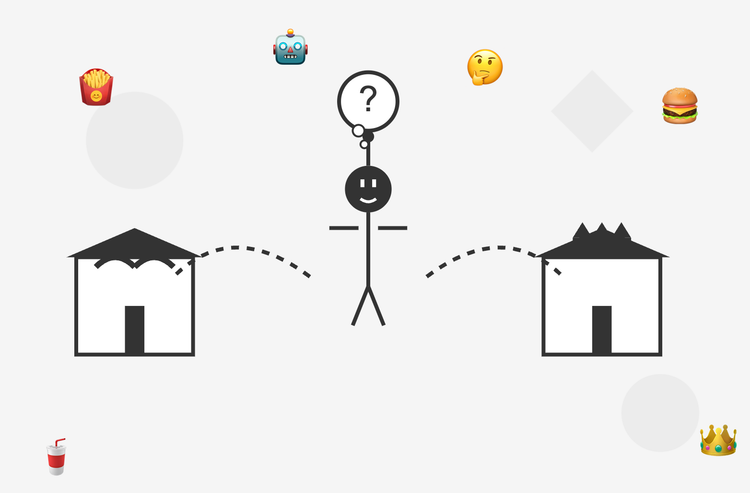
Comments ()